The Critical Need for Medical Equipment Emergency Storage
For individuals and families who rely on medical equipment, having a clear storage and evacuation plan can be life-saving during emergencies. This comprehensive guide will help you create a safe, organized system for storing and protecting vital medical devices during evacuations.
Essential Storage Considerations for Medical Equipment
When preparing medical equipment for emergency storage and potential evacuation, consider these critical factors:
- Power backup requirements for electronic devices
- Temperature and humidity control needs
- Accessibility and mobility concerns
- Protection from water damage and other environmental hazards
- Organization systems for quick retrieval
Creating Your Emergency Medical Equipment Storage Plan
1. Equipment Inventory and Documentation
Maintain a detailed inventory of all medical equipment including:
- Model and serial numbers
- Power requirements
- Essential accessories and supplies
- Manufacturer contact information
- Operating instructions
2. Climate-Controlled Storage Solutions
Protect sensitive medical equipment with proper environmental controls:
- Maintain consistent temperature (65-75°F)
- Control humidity levels (30-50%)
- Ensure proper ventilation
- Monitor conditions regularly
3. Power Backup Systems
Essential power considerations include:
- Portable generators
- Battery backup systems
- Solar power options
- Power banks and charging solutions
Quick-Access Organization Systems
Implement these organization strategies for rapid evacuation:
- Clear labeling systems
- Priority coding for essential equipment
- Modular storage containers
- Mobile storage solutions
- Easy-access shelving arrangements
Emergency Evacuation Checklist
Essential Items to Include:
- Primary medical devices and equipment
- Backup power supplies and charging cables
- Essential accessories and supplies
- Maintenance tools and cleaning supplies
- Operating manuals and documentation
- Emergency contact information
Professional Storage Unit Considerations
When selecting a storage facility for medical equipment, ensure:
- 24/7 accessibility
- Reliable climate control systems
- Backup power capabilities
- Security measures
- Ground-floor or elevator access
- Proper insurance coverage
Regular Maintenance and Testing
Implement these routine procedures:
- Monthly equipment checks
- Battery testing and replacement
- Climate control system verification
- Update inventory lists
- Practice evacuation procedures
Additional Safety Measures
1. Insurance and Documentation
Maintain proper coverage and documentation:
- Equipment insurance policies
- Warranty information
- Maintenance records
- Replacement procedures
2. Emergency Contacts
Keep a current list of:
- Healthcare providers
- Equipment suppliers
- Service technicians
- Emergency services
- Storage facility management
Conclusion
Proper storage and evacuation planning for medical equipment requires careful consideration and regular maintenance. By implementing these guidelines, you can ensure your vital medical devices remain protected and accessible during emergencies. Remember to review and update your storage plan regularly, keeping in mind any changes in equipment needs or emergency protocols.





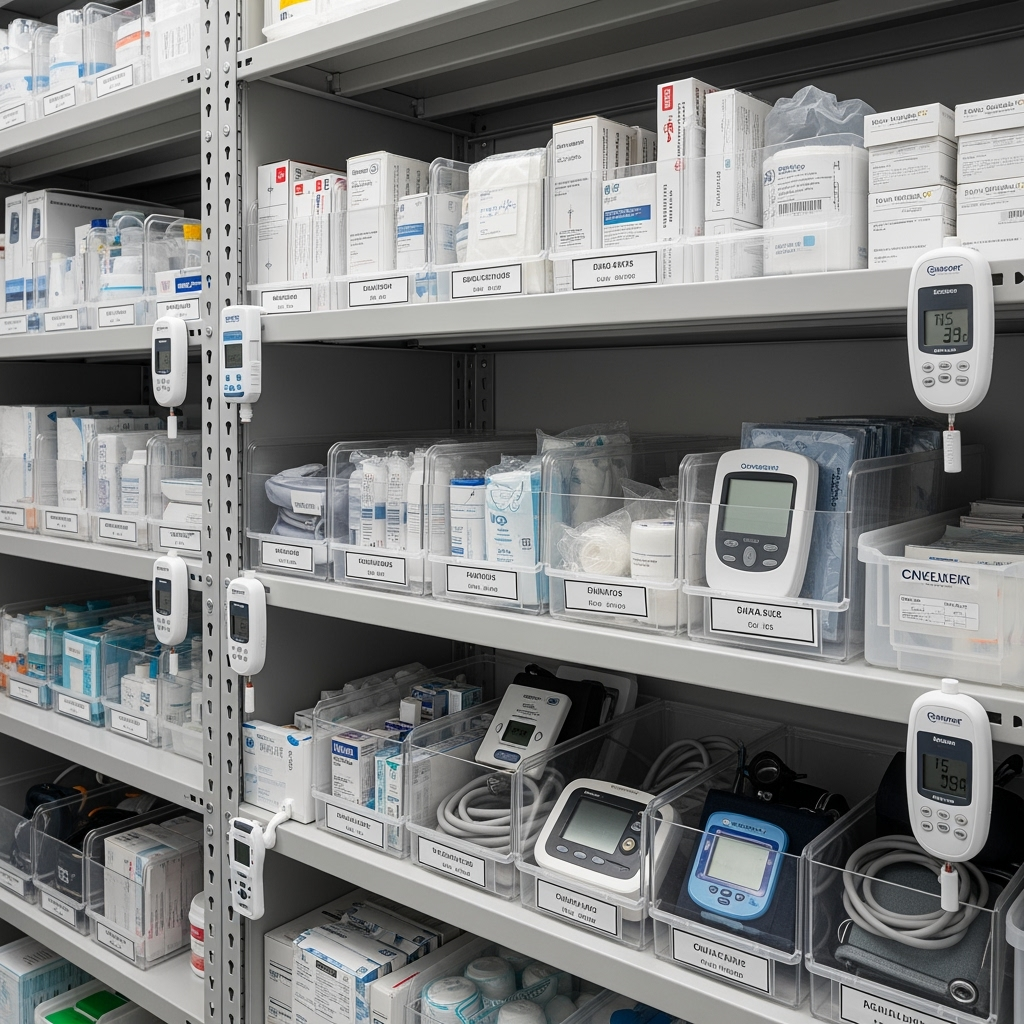
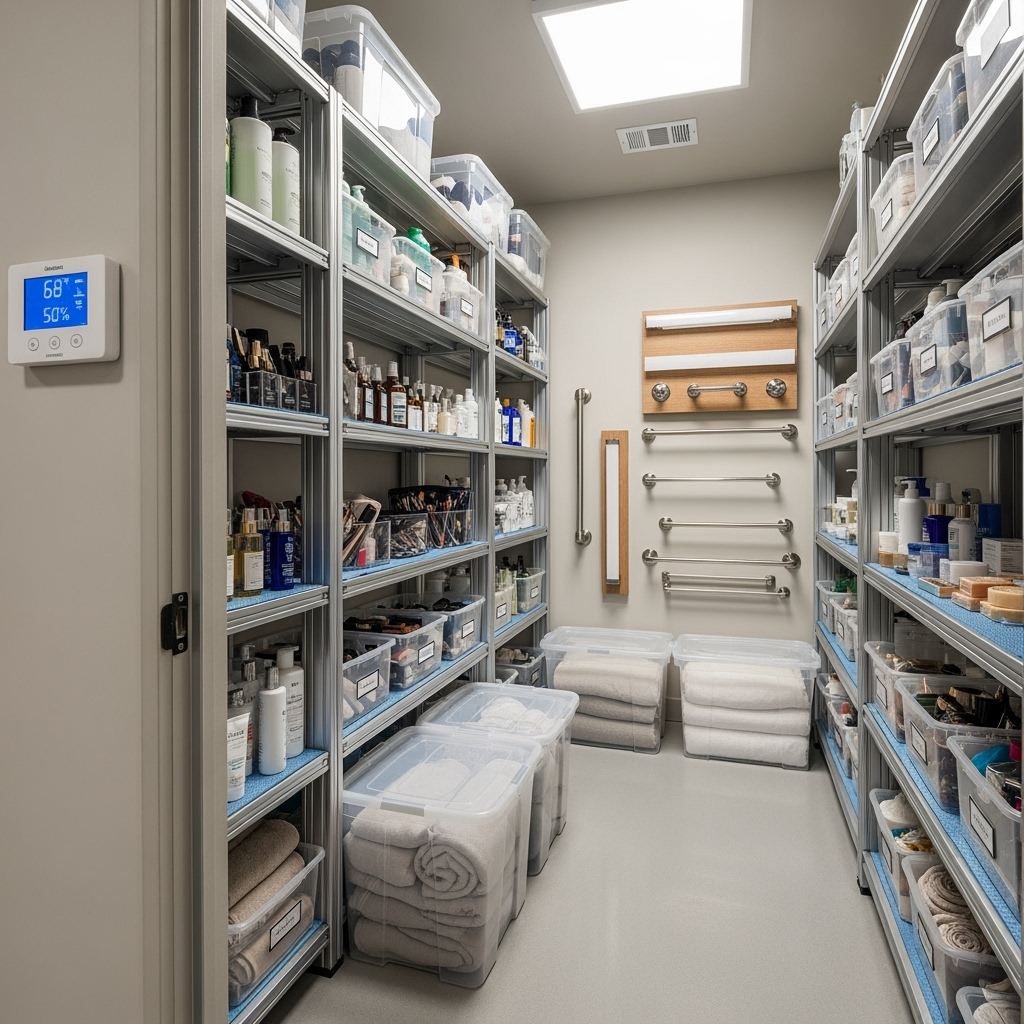
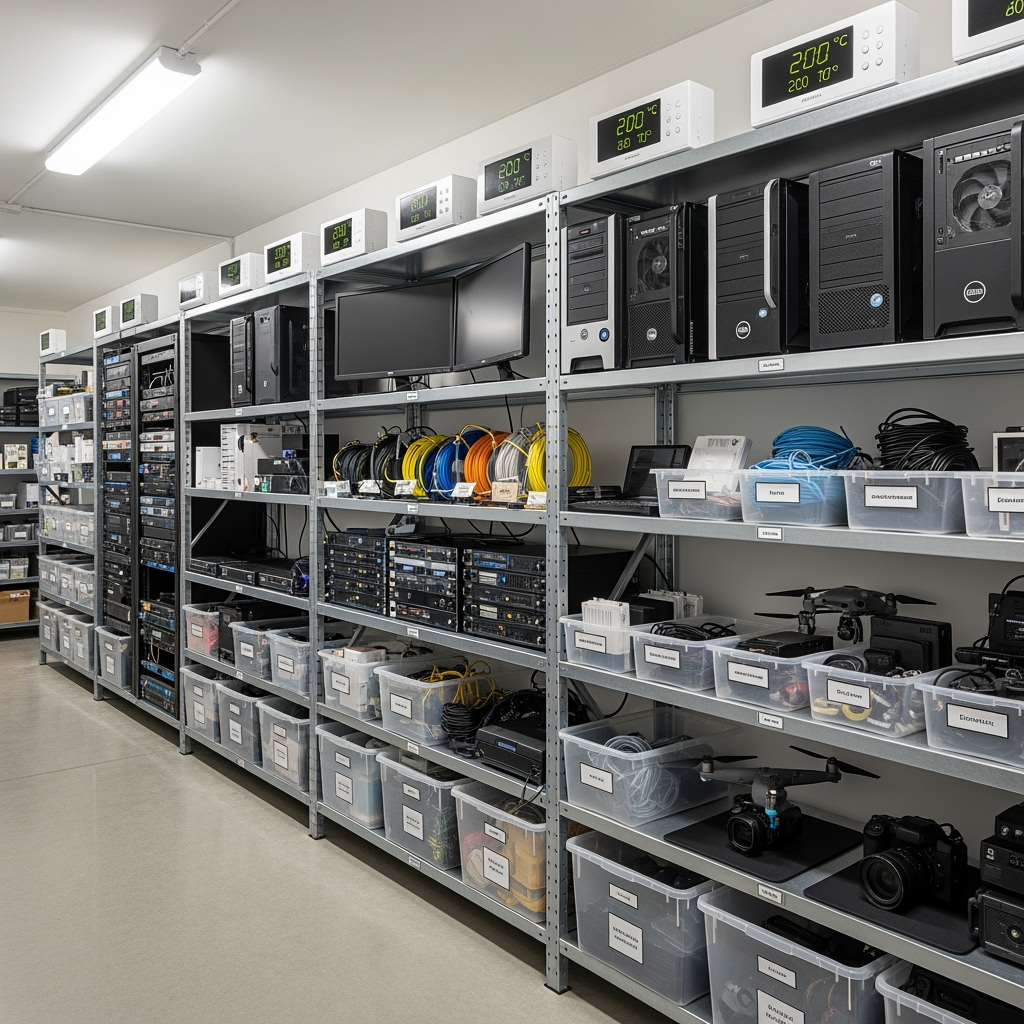
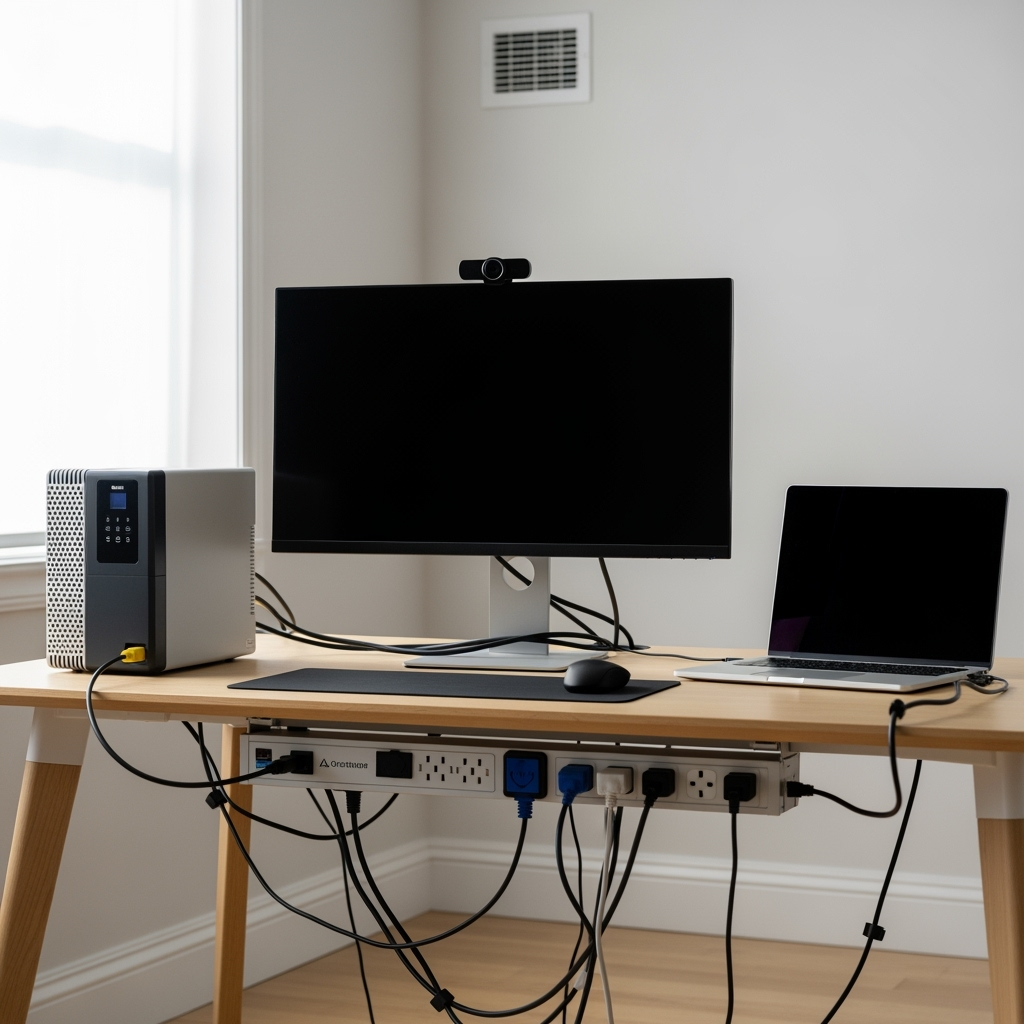
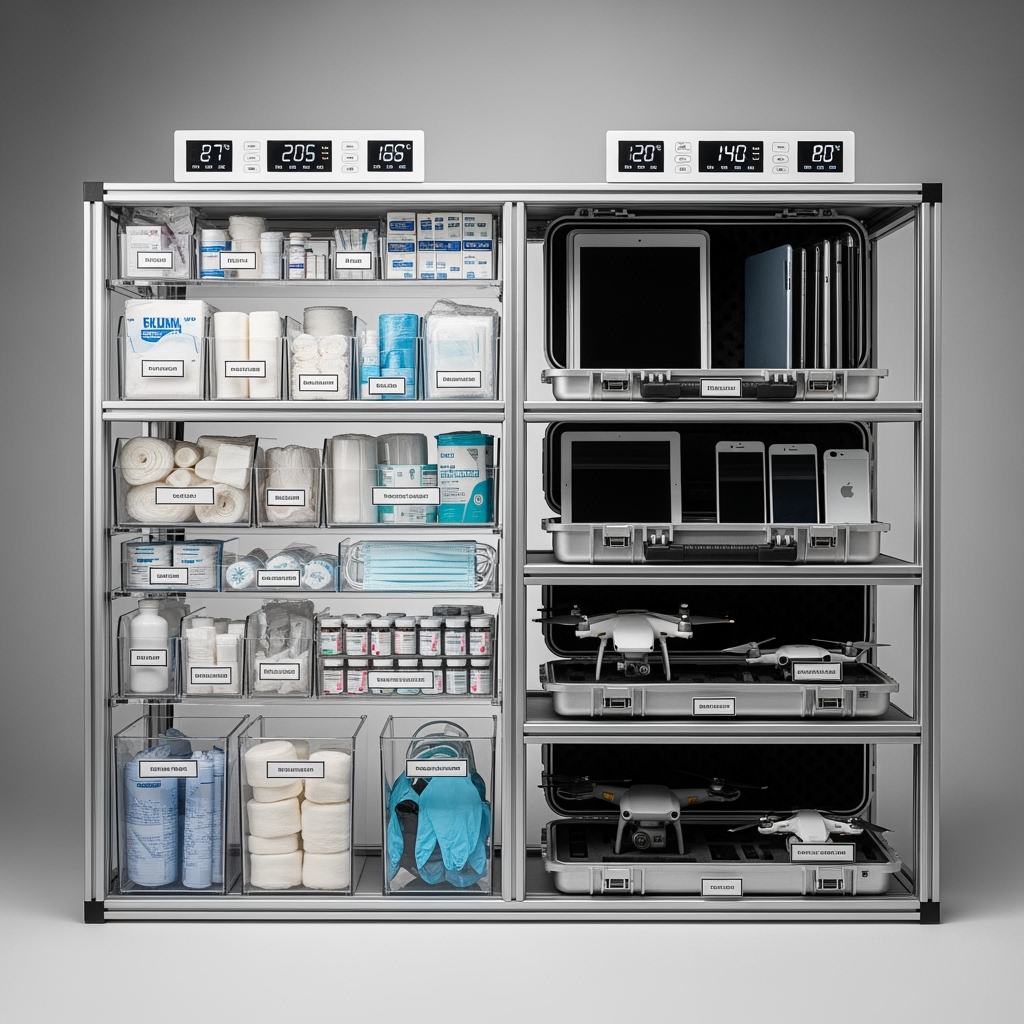
Leave a Reply